Adsorptive Air Drying
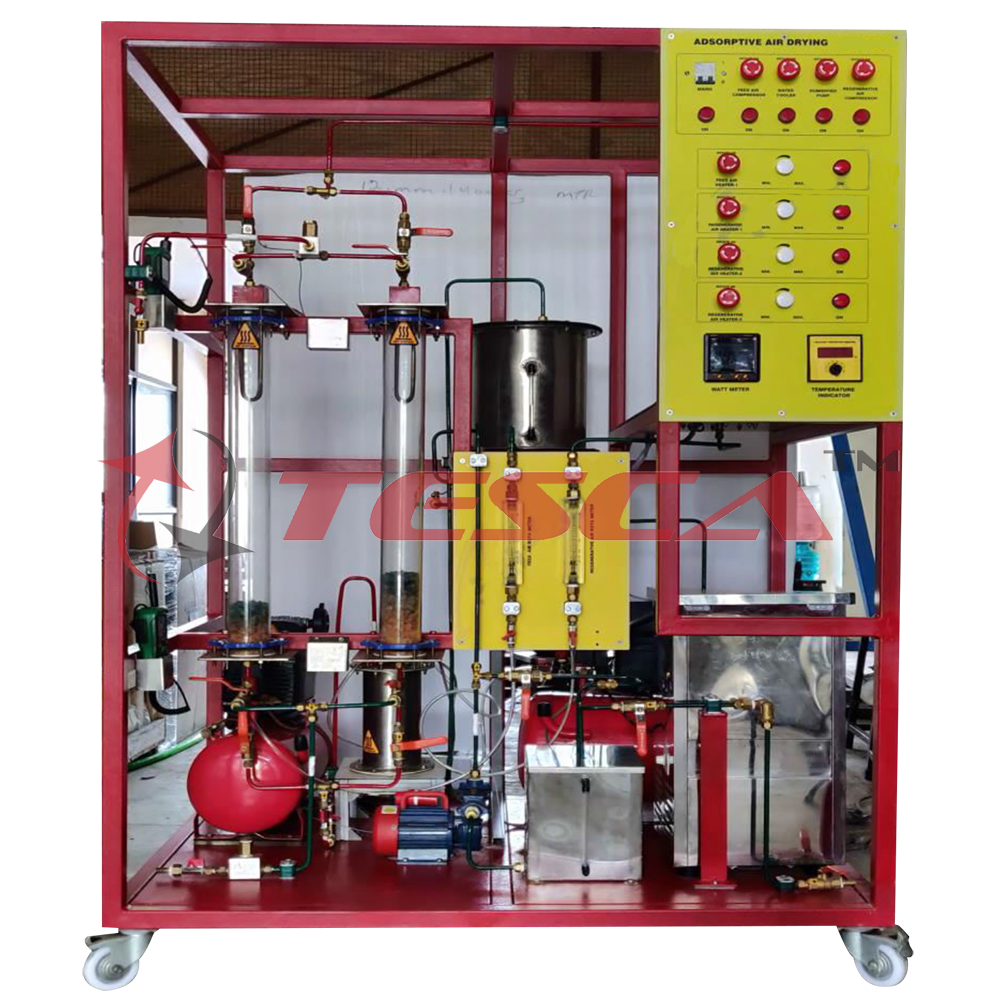
Order Code: 32375
Category: Thermodynamics Lab
Features Adsorptive drying of humid air Continuous process with regeneration of adsorbent Transparent columns and adsorbent with indicator to observe the mass transfer zone Optional software with control functions and data acquisition Tesca Ad...
SPECIFICATION
Features
Adsorptive drying of humid air
Continuous process with regeneration of adsorbent
Transparent columns and adsorbent with indicator to observe the mass transfer zone
Optional software with control functions and data acquisition
Tesca Adsorptive Air Drying Apparatus 32375 has been specifically designed to enable the complex theoretical principles of adsorption processes to be explained clearly and comprehensibly by means of experimentation.
A compressor draws in ambient air. The air flows through the water bath of a humidifier and thereafter has a relative humidity of 100%. Before the air flows from below into the adsorption column, its relative humidity and temperature are set using a heater. The humid air flows through the adsorbent (silica gel), which is placed as a fixed bed inside a transparent column. The quantity of humidity contained in the air is adsorbed in the process. The adsorbent contains an indicator. The colour of this indicator shows the position of the mass transfer zone (MTZ). The air dried in this way exits the column and flows out into the open.
To regenerate the adsorbent, ambient air is drawn in by a second compressor. The air is heated and flows from above into the column. This desorption process can also be observed through the transparent column. The trainer enables simultaneous investigation of the adsorption and desorption processes. Once the capacity of the adsorbent in one column is exhausted, the humid air is fed through a second column with regenerated adsorbent to dry it.
A circuit system featuring a pump and a refrigeration system is provided to adjust the temperature of the water bath in the humidifier. The temperature and humidity of the air being dried are adjusted by software. The flow rates of the two air flows can be adjusted by valves.
By recording the relative humidities and temperatures at all relevant points, the two processes can be fully balanced. The measured values are recorded by software. The software permits the adsorption and desorption processes to be depicted in a h-ω; diagram and enables breakthrough curves to be plotted.
Specifications
Continuous adsorptive air drying
2 columns for alternating charging and regeneration of the adsorbent
Observation of mass transfer zone by using transparent columns and adsorbent with indicator
2 compressors to deliver the feed air and regenerative air out of the ambient atmosphere
Humidification of the feed air by flowing through a water bath
Circular system with pump and refrigeration system to adjust the water bath temperature
Adjustment of relative humidity and temperature of feed air by heater
Heater for temperature adjustment of the regenerative air
Adjustment of regenerative air and feed air flow rates by valves
Optional software with control functions and data acquisition via USB under Windows
Technical Specifications
2 columns
Diameter: approx. 80mm
Height: approx. 800mm
2 compressors
Max. positive pressure: 1bar
Max. flow rate: 8m3/h
Humidifier pump
Max. flow rate: 600L/h
Max. head: 1,5m
Refrigeration system
Refrigerating capacity: 395W at temperature difference 10K / 250L
2 electric air heaters
Power output (feed air): 160W
Power output (regeneration): 2x 250W
Measuring ranges
Flow rate: 2x 0…10Nm3/h
- Air temperature: 3x 0…50°C; 1x 0…200°C, 1x -25…125°C
Air humidity: 4x 0…100% rel.
Water temperature: 1x 0…50°C
Experiments
Fundamental principle of adsorption and desorption
Investigation of the variables influencing adsorption and desorption
Air flow rates
Air humidity and temperature
Bed height of adsorbent
Depiction of the processes in a h-É diagram
Plotting of breakthrough curves and determination of breakthrough time
Requirements
Mains Power 220 – 240V @ 50Hz, 1Ph

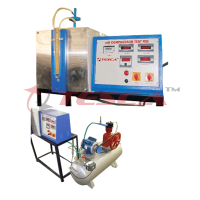


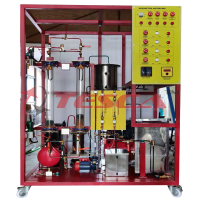
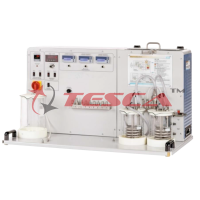
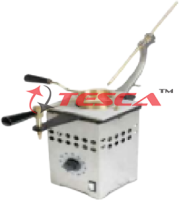
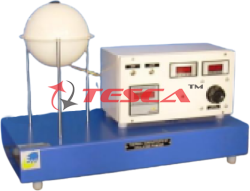
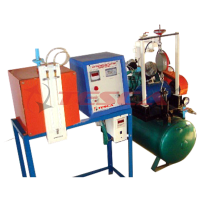
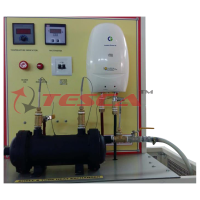

 91-9829132777
91-9829132777